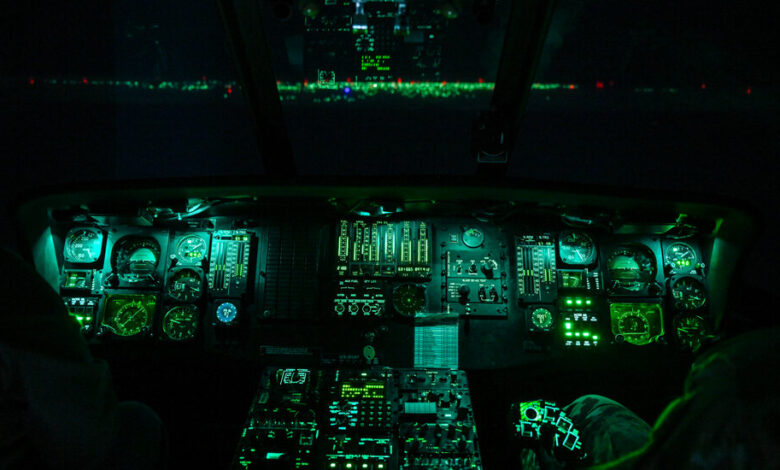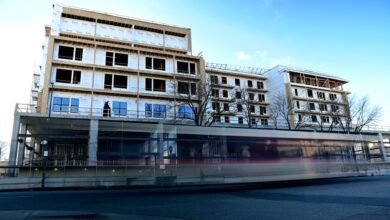The Missteps That Led to a Fatal Plane Crash at Reagan National Airport

The crew aboard an Army Black Hawk helicopter attempted to execute a common aviation practice as they flew south along the Potomac River on the gusty night of Jan. 29. However, this practice would ultimately play a role in ending their lives. Shortly after passing over Washington’s famous cherry trees, the crew was alerted to a regional passenger jet in its vicinity. Despite seeing the traffic nearby, the crew failed to execute visual separation effectively, leading to a fatal collision with American Airlines Flight 5342.
Multiple safety precautions failed that night, leading to the worst domestic crash in the United States in nearly a quarter-century. Various factors, including altitude, miscommunication, and technology failures, contributed to the tragedy. The F.A.A. struggled with low staffing among controllers, with a single controller managing both helicopter and commercial runway traffic at the time of the crash.
The N.T.S.B. investigation revealed systemic deficiencies in U.S. aviation, prompting the F.A.A. to implement new restrictions and safety measures. The use of visual separation has been vastly limited, as it has been implicated in numerous fatal collisions in recent years.
The N.T.S.B. will issue a final report on the crash by early 2026. In the meantime, measures are being taken to improve aviation safety and prevent similar incidents in the future. The tragic event serves as a reminder of the risks and challenges faced in the aviation industry.





